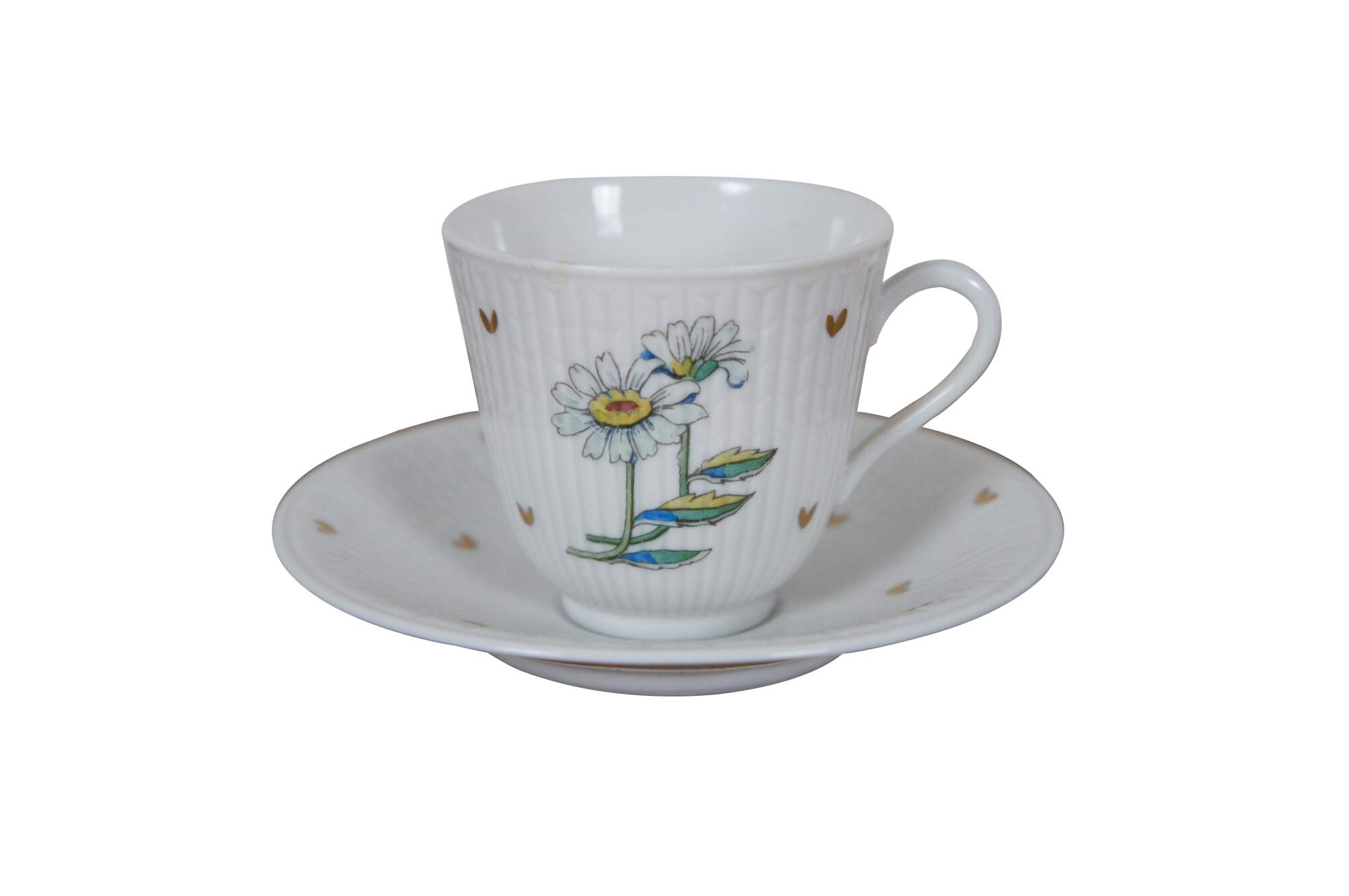
Shipping:
Free Shipping Included
Delivery:
Estimated 2-15 Business Days
Payments:
Credit Card, Check, Cash, PayPal, Apple Pay, Venmo
Returns:
30 Days 100% Money Back Guarantee, Buyer Pays Return Shipping
Description
Johann Wolff, a German porcelain maker, established a pottery in the Rörstrand Castle in Stockholm in 1726. Initially, faience was produced. Attempts to create a porcelain formula failed. Decoration was done in cobalt blue, an imitation of porcelain imported from China and manufactured in The Netherlands. In the 1750s the manager encouraged the imitation of pieces made at Meissen and Sevrés. In the 1770s, Röstrand pieces began to reflect Rococo tastes. Motifs were inspired by Linnaeus and Rousseau. The color palette expanded. The first unified dinnerware service was created. In 1782, Rörstrand acquired Marieberg and its soft and hard paste formulas. Transfer ware was introduced in the late 1820s. Rörstrand developed a bone china formula in 1857. Feldspar porcelain was introduced in the 1880s. Production moved from Stockholm to Gothenburg. Hoganas Keramik was established in 1909. By 1926, all operations were centered in Gothenburg. After acquiring the Gothenburg porcelain factory, Rörstrand moved its production to Lidköping. Between 1960 and 1990, Rörstrand changed ownership several times. Owners included Upsala-Ekeby AB, Finnish Wärtsilä, Hakusan, and Gustavsberg. Rörstrand celebrated its 250th anniversary in 1976. The Rörstrand Museum was opened in Lidköping. As of 2001, Rörstrand is part of Iittala. Iittala moved production to Sri Lanka and Hungary. Production at Lidköping ended in 2005. Fiskars bought the Iittala brand in 2007.
Condition
Good Condition- Light wear to decoration
Dimensions
4.5" x 2.5" (Diameter x Height)
You May Also Like